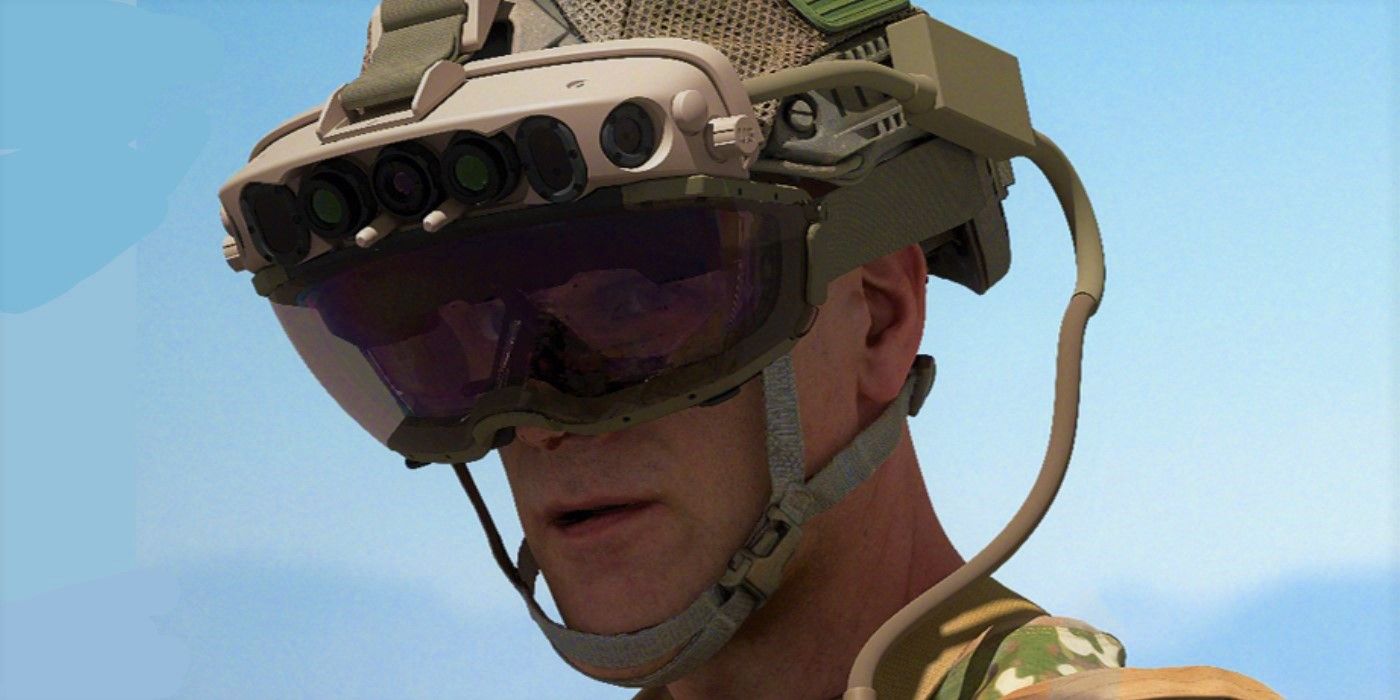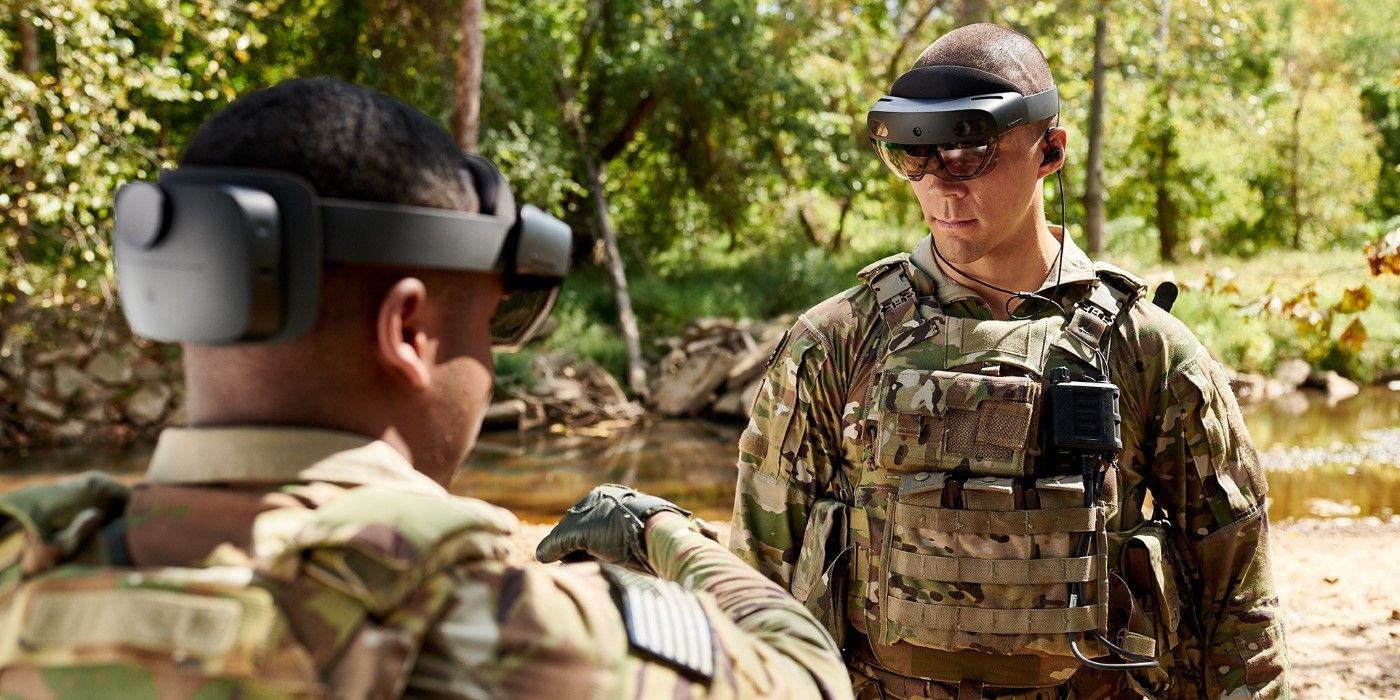Microsoft is prepping its HoloLens-based Augmented Reality (AR) headsets for production and roll-out to the U.S. Army. The company will be providing the army with a version that is specifically tailored for improving the performance and safety of soldiers. HoloLens was first made available to developers in 2016.
At the time, pre-orders for its dev kit debuted for a whopping $3,000. The package showcased the headset's potential for overlaying holographic images into the real world, giving users a new level of immersion. Two years later, Microsoft landed a deal with the U.S. Military, utilizing the same AR technology but with improvements designed for use on the field of battle instead of the living room and dubbed the Integrated Visual Augmentation System (IVAS) headset. In 2019, Microsoft released the second iteration of its HoloLens headset, coming with even better technology that would serve to improve the augmented reality capabilities of its military-focused IVAS project.
While Microsoft's latest HoloLens iteration might not be competing with Sony's PlayStation VR anytime soon, it will be utilized in making the U.S. Military's IVAS goggles perform even better. Microsoft announced that it's ready to move its IVAS program from prototype to “production and rapid fielding.” This means that these AR headsets will be ready to be produced in larger quantities and deployed to more soldiers on the field. Unlike the media-focused HoloLens, the IVAS headset is designed to enhance a soldier's situational awareness on the field, and improve their decision-making in various types of scenarios.
Microsoft IVAS HoloLens Headset: What It Does & For How Much?
The U.S. Army had already tested the HoloLens technology in a series of exercises back in 2019 and even regarded the project as the “most intriguing” out of all products and programs on the team's portfolio. The final product is said to provide soldiers with a see-through digital display that shows vital information without disrupting their field of view. This includes real-time mapping, aided target acquisition and identification, and even low-light and thermal sensors for enabling night vision. These AI and AR-guided aids are said to be designed not only to increase a soldier's chance of survival but also the chances of rescuing civilians as well.
The U.S. Army initially awarded Microsoft a $480 million contract to adapt its HoloLens glasses for the military. With the concept proved and given the go-ahead for roll-out, the new deal is worth $21.9 billion, according to Bloomberg. It will be interesting to see if Microsoft's high-tech AR glasses somehow tie in with the U.S. military's cyborg soldier plans.


